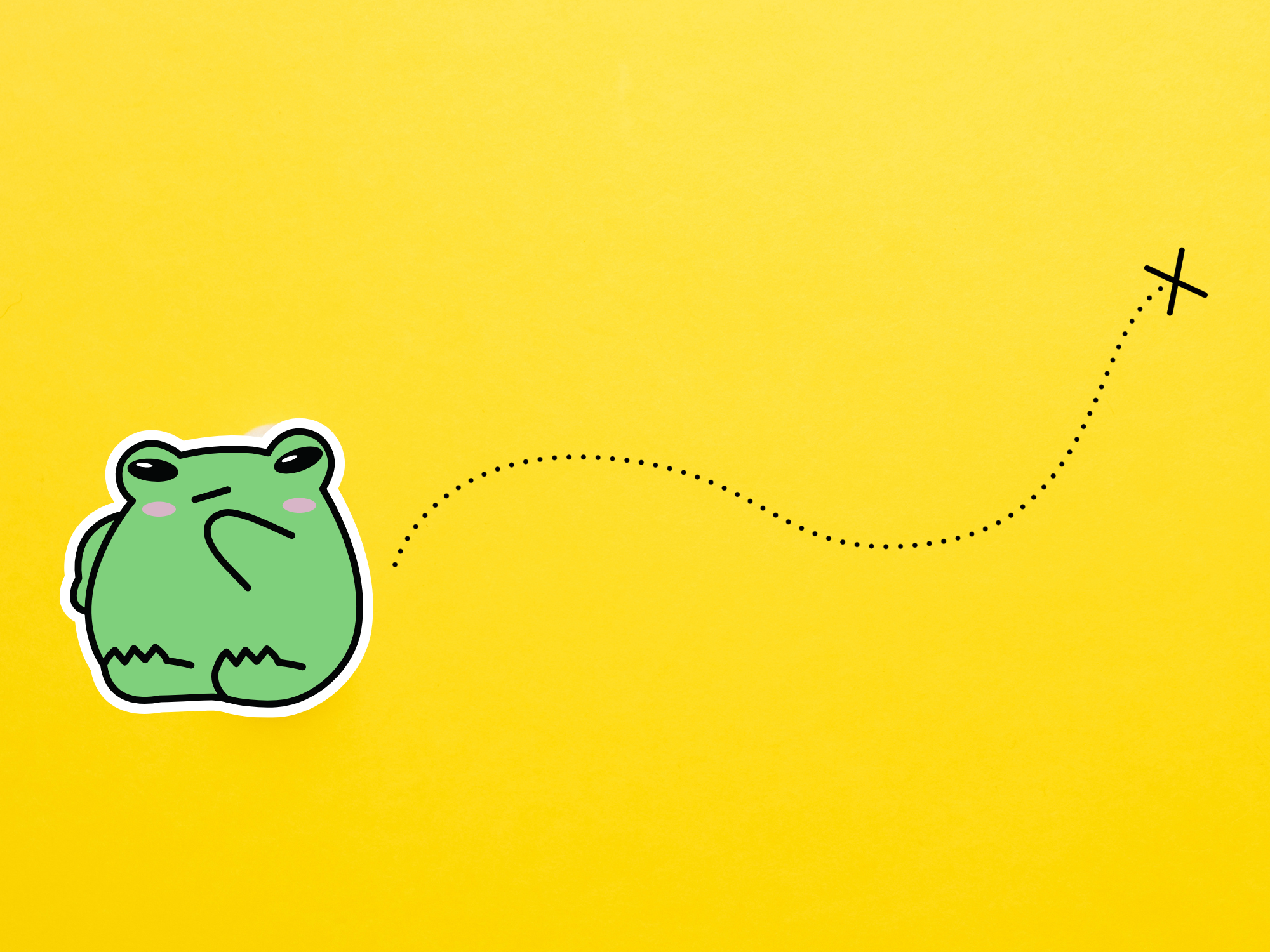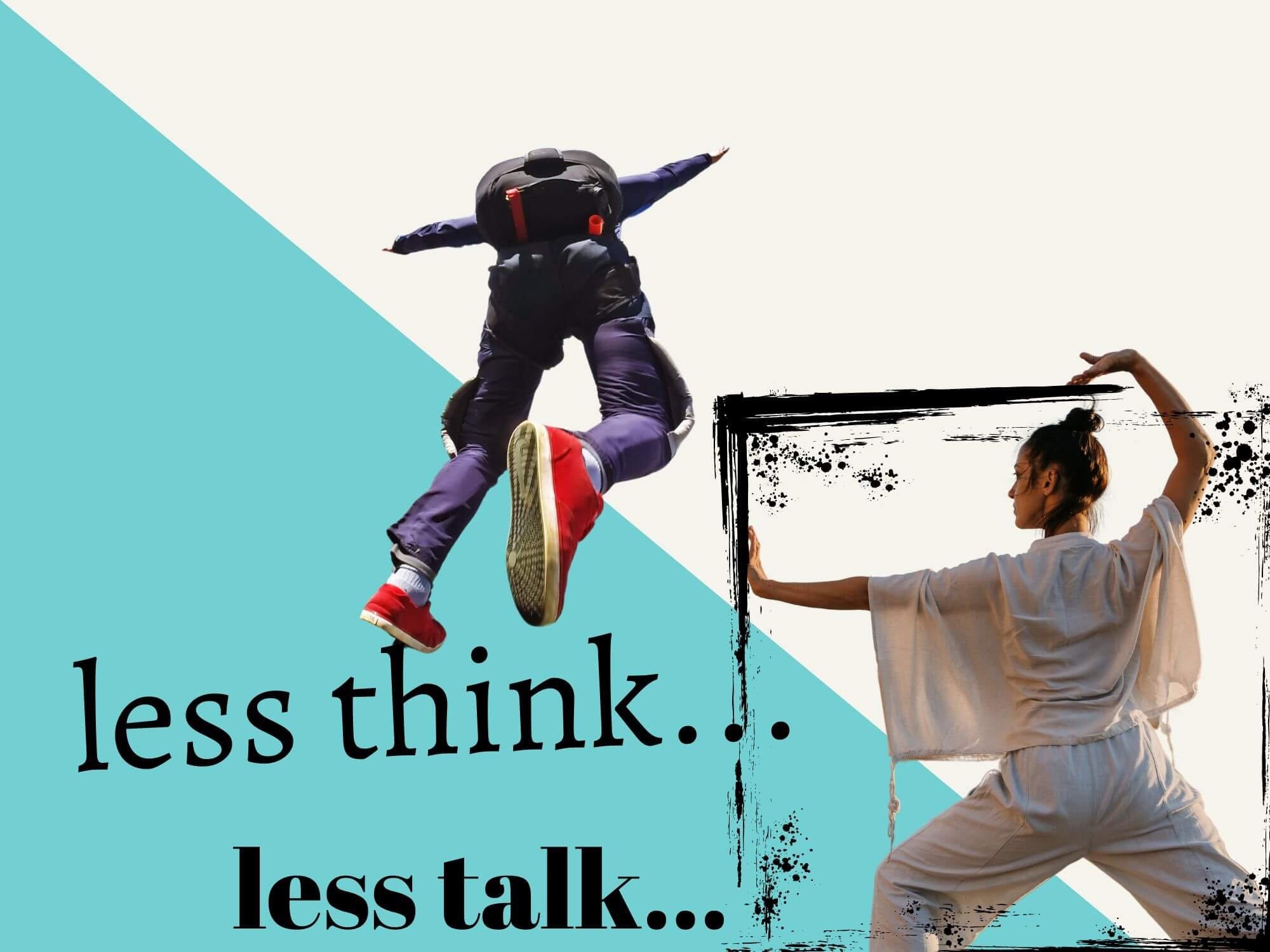How to Organize Goals (4 steps to make any goal a reality)
Knowing how to organize goals is crucial for actually achieving them. It adds clarity and direction to help you reach your milestones faster and more efficiently.
So this guide shares what I’ve learned in my own journey.
This post discusses how to organize a single goal.
But if you’re looking for some insights on how to organize multiple goals (at the same time), then check out this article, where I talk about using my “FOSE” method.
Otherwise, let’s get it.
Table of Contents Show
Hey there, just a heads up that some of the links in this post may be affiliate links. That means I earn a small commission. This is at no extra cost to you, but helps me keep the lights on. Thank you for your support!
Why Should I? (benefits of organizing goals)
Organizing your goals is putting things into an order, or sequence, so that you can get to the finish line strategically and more efficiently.
But before we get into the strategy part of this post, let’s look at some more of the benefits.
Here are some of my favorite perks for organizing your goals:
Focus better on your most important things
Organize things into more manageable tasks
Track your progress more easily
Improved control, so you can achieve your goals more reliably
Manage your time better
Improve your productivity by knowing what to work on (and when)
Better organization = less stress
How to Organize Your Goals (4 steps)
Staring at a big goal can feel daunting.
Like, how am I supposed to get all the way over there from here?
This is where goal organization comes into play. So here’s my step-by-step process for organizing things into a personalized, goal-meeting framework.
1. Choose One Thing
Focus is the first step to organizing your goals.
Because great planning starts with clarity – you know, not spreading yourself too thin.
This is actually a skill I’ve more recently gotten better with (that is, avoiding distractions and not being wooed by every new shiny object that pops up in my feed).
So isolating a single goal to intently focus on is the first step to organizing goals.
If you’re struggling with what goal to choose (or how to even set one), you can try using the SMART framework.
This is a go-to model and it stands for making goals that are: Specific, Measurable, Attainable, Relevant and Time-bound.
I like this format.
But I also think it’s important to keep things open and personal.
I mean, if you have a goal that’s important to you, you should go after it – even if it doesn’t feel attainable or time-bound, for example.
So, what’s the one goal you want to focus on and organize?
Write that down.
Now let’s go to step two.
2. Break That Thing Down
After you’ve identified a single goal, it’s time to dissect it.
To best organize our goals, we need to know exactly what the goal is made up of – its core parts.
So let’s break it down into its component pieces.
Here’s my basic framework for reverse engineering goals (and a blog example image):
Write down the main macro goal
Brainstorm the main micro goals required for meeting the macro
Brainstorm the main nano tasks required for each micro goal
I know that discovering the moving parts and components of what makes up your main goal isn’t always easy.
So here are a few more tips for uncovering answers and ideas:
Spend time self reflecting
Meditation or journaling on things are great starting points
Take an outside perspective
What advice would you give someone else trying to reach this goal?
Research or ask other people
Who has already done what you’re trying to do? Look to them for answers.
Ask ChatGPT or similar AI
Here’s an example prompt:
“I have a goal of ____. What are the requirements and necessary steps to reach that goal? Create a highly detailed action plan breaking things down into weekly or monthly checkpoints and daily tasks.”
Step away to clear your mind
This helps you come back with some fresh eyes and objectivity
3. Make A Plan (make a map)
After you’ve identified the core components for reaching your goal, it’s time to organize things into a clear path forward.
So let’s make a map.
Making a map for reaching your goals has two key benefits:
It creates a personalized step-by-step action plan for you to follow
It separates your high-impact actions from your low-impact ones
Let's first create a step-by-step action plan.
For me, I like to organize things in a daily, weekly, monthly and yearly framework, like this:
Days or weeks —> are for smaller tasks (the nano)
Weeks or months —> are for checkpoints (the micro)
Months and years —> are for your goals (the macro)
Going back to my blog example from above, below is an example of how I use a simple to-do list to track my tasks each day.
This format is super helpful for building habits and tracking my progress on goals.
I used Todoist to create this list and track things. You can sign up for a totally free account here!
So here’s what to do:
Take your nano goals from step 2 and put them into a daily task bucket
Then take your micro goals and move them into another weekly or monthly bucket.
Then clearly define your main macro goals to work towards
Create a different to-do list sheet for each of your macro goals
Or create separate project sheets for each of your micro goals and their related nano tasks
Organizing things is also a great chance to isolate your high-impact actions from your low-impact ones.
The goal here is to delegate, automate or delete the low-impact actions and prioritize the high-impact ones.
For example, editing my old blog posts to make them better or more relevant is important, but I can save time and automate this by using AI tools for suggestions and quicker review.
So do some self reflection and decide which actions are most important, which are not and which can be automated or streamlined.
Because sometimes, the boring or difficult things are the critical actions, while the fun ones…well, maybe not so much.
It can help to remember the Pareto Principle here, which states that 80% of our results come from just 20% of our actions.
So what are your most impactful, 20% actions?
Hot Tip: You can try AI also. For example, Pathfinder by Summit is a free tool that can create a personalized plan for reaching your goals.
4. Create A Goal System
All of our hard work so far will have been for nothing if we don’t take action.
So let’s create a habit-building system.
A system is a group of elements and actions that create a process to achieve some goal.
Personal systems have a lot of cool benefits. They can:
Boost your productivity
Increase your likelihood of goal achievement
Add an element of personal accountability
Create clarity for what to do next (and why you’re doing it)
Improve your time management skills
Increase your sense of control
Help you prioritize things
Building a good system is really building a new habit.
So this is a good time to audit your current lifestyle and look for ways to optimize things to be more suitable for your goals.
Here are some quick tips for creating a personal system for goal organization:
Create a daily workflow and timebox your tasks
Use realistic timelines
Create some urgency or gamify things by using rewards for yourself
Create a motivating environment to work from
Hang around more people who inspire you
Use modern tools and resources
Again, I like to use Todoist to keep track of my daily tasks
Just remember, patience and consistency will be your greatest assets.
Great things take time. And reaching goals is a great thing.
So stay the course, make a plan and get organized.
(And enjoy the ride)
Want More? Check Out These Sweet Reads!







